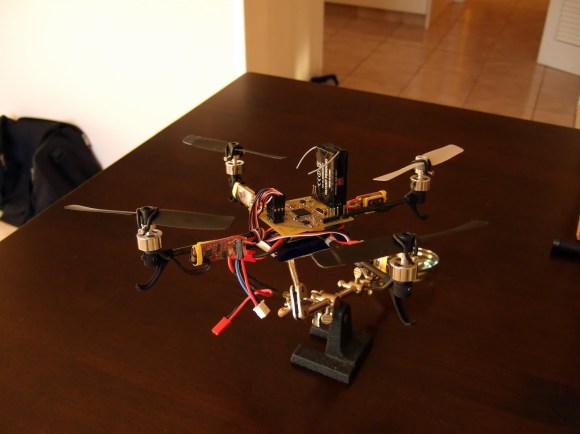
This boxy monstrosity is big for a reason. It lets you play games on the original hardware of fifteen different gaming consoles. That’s right, we said original hardware. One of the main goals of Project Unity was to keep the stock equipment by making any type of emulation — hardware or otherwise — taboo. The size of the case is a function of how much stuff is actually crammed in there. But the final shape was dictated by the available opening in [Bacteria’s] living room entertainment center.
The video after the break walks us through each aspect of the build. We’re floored by the quote of 3,500 hours of build time. But as you get a look at the wiring-hell of each different module it’s easy to understand why it didn’t just build itself. One power supply and one controller make for the least complicated user experience possible. We already looked at a giant switching mechanism that selects one console at a time and the singular controller unit. But [Bacteria] has a lot of other tricks up his sleeve which make this gold mine of a hacking reference piece.













